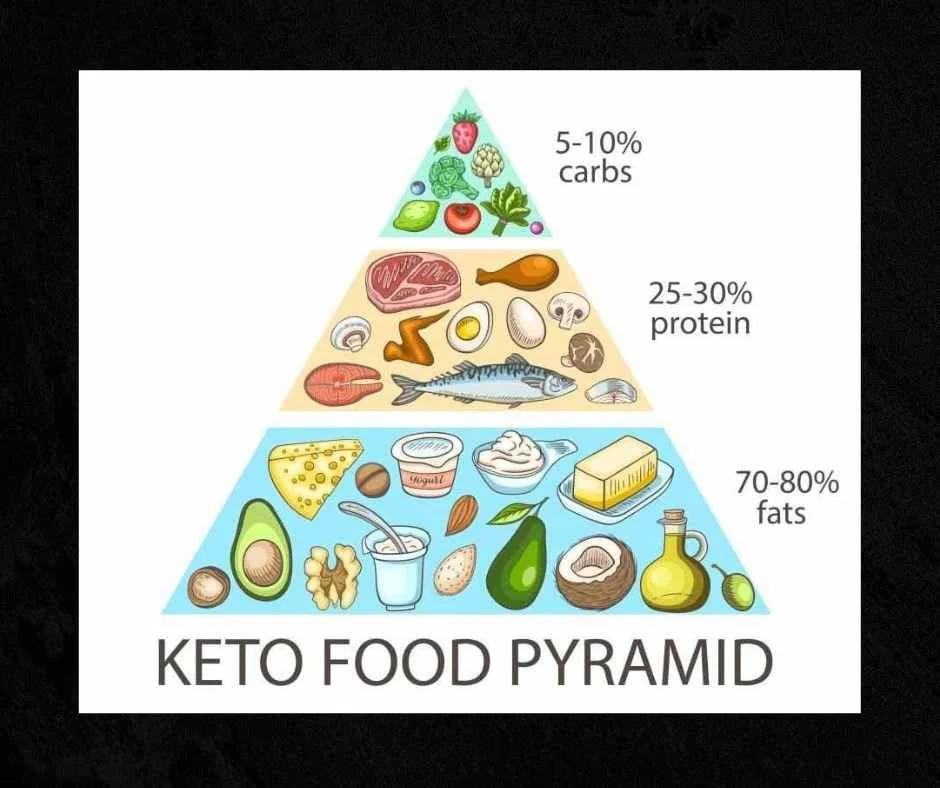How to Evaluate Dampness Articles in Rice
Moisture information is basically the body weight of water that is contained in the rice or paddy which is expressed in share. This is referred to the damp foundation that implies the total fat of the grain inclusive of water.
Why is it crucial?
It is really important to measure the content of humidity in the rice since of the controlling and advertising of paddy and rice. Because of to diverse reasons of rice that relies upon on various great moisture contents helps make the tests of precise moisture material necessary. If there are inaccurate measurements of dampness content, it can lead to unique serious situations:
- If the grain is particularly moist in the storage, it will get spoiled.
- In scenario the grain is far too strong usually means pretty dry, it will final result in the excess weight reduction of these grains that implies loss in revenue.
- If paddy is harvested wetter than what is needed, it will direct to additional drying charge and also loss in harvesting.
- When rice is milled at incorrect dampness content, there is lessen head rice.
- If you dry the paddy as well far, it benefits in further drying cost along with reduction in the top quality of the rice.
How to evaluate the moisture information?
There are two approaches of measuring the dampness of articles in grain:
- Principal Process – It is based on the weight measurements these as infrared humidity equilibrium and oven process
- Secondary Method – Electronic instruments are utilised in this method that helps make use of electrical traits of grain
When it arrives to measuring the dampness information, there are a variety of transportable grain dampness meters that can be used. Make confident, when you are deciding upon a meter for this intent, that it is acceptable for the activity that you are heading to use it for, these kinds of as milling grain or harvesting paddy.
The style of transportable dampness meter utilised in:
Harvesting – Listed here, to evaluate MC use a resistance dampness meter that can supply you brief effects with tiny samples only. If you have reduced MC, you will have far more losses from shattering and better Mc will end result in losses from weak grain quality.
Drying – The seeds should really be dried down below 12% and grains beneath 14% as improper drying will guide to reduced see and grain excellent. In buy to avoid any harm, dry the paddy inside 24 hrs immediately after the harvesting.
Storage – In the first months and months, MC share should really be 14% or significantly less and in 8 to 12 months, it should be 13% or less.
Milling – The conventional MC is amongst 13% and 14%.





